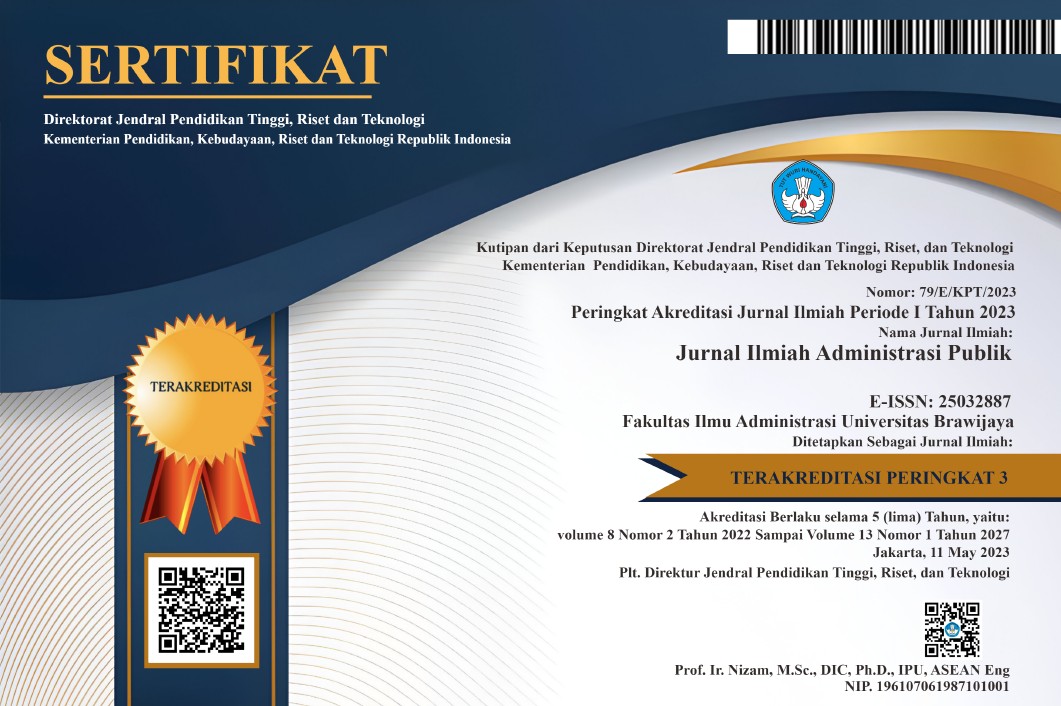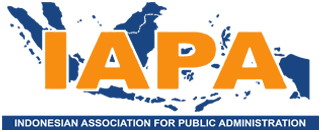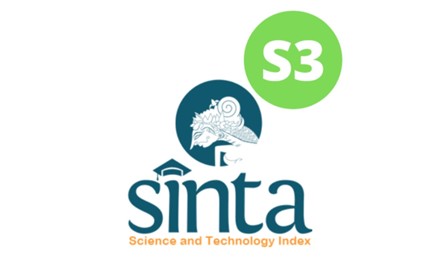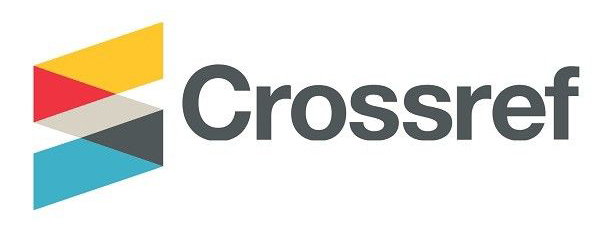Pengujian UTAUT Model dalam Pemanfaatan Literasi Informasi Perpustakaan Perguruan Tinggi
DOI:
https://doi.org/10.21776/ub.jiap.2019.005.03.3Keywords:
UTAUT Model, information literacy, library, collegesAbstract
Exist an information technology hope to increase use of information literacy. In order for use of information literacy to improve well, the technology used must be able will be accepted and used properly by users. It hope that use of information technology can simplify information literacy activities in college libraries. There are still some differences in the problems that occur in earlier studies about use of information systems, so this study aims to decide how much use of university library information literacy using UTAUT model with descriptive quantitative method. The results of this study show that users are more likely will be interested in utilizing the college library information system for other things than using it for scientific literacy activities. In addition, the moderating effects of age, gender, experience also didn’t have a significant effect. Overall, this model can answer several problems in this study.References
Al-Gahtani, S. S., Geoffrey Hubona, Jijie Wang. (2007). Information technology (IT) in Saudi Arabia: Culture and the acceptance and use of IT Information & Management, Vol. 44, No. 8, pp.681-691.
Baridwan, Z. (2012). Analisis Keperilakuan Invidu Terhadap Implementasi Sistem Informasi Akuntansi: Model Penerimaan dan Kesusksesan Sistem Informasi Berbasis Teknologi. Disertasi, Pascasarjana Fakultas Ekonomi dan Bisnis Universitas Brawijaya, tidak dipublikasikan.
Gordon, B. Davis. (2003). Sistem Informasi Manajemen. Yogyakarta: Andi.
Eisenberg, Michael B. (2004). Information Literacy: Essential Skills for the Information Age. Greenwood Publishing Group. Inc, United States.
Eisenberg, Michael B. & Robert E. Berkowitz. (2007). Big6TM Basics: Webinar Workbook, First Edition. Big6 Associates, LLC.
Ellyana, D. D., Redy, A, dan Hamzah, A. (2008). Variabel Anteseden dan Konsekuensi Pemanfaatan Sistem Informasi (Studi Empiris pada Pemerintahan Kabupaten di Pulau Madura). The 2nd Accounting Conference, 1st Doctoral Colloquium, Depok.
Faisal. (2006). Analisis Pengaruh Intensitas Persaingan Dan Variabel Kontekstual Terhadap Penggunaan Informasi Sistem Akuntansi Manajemen dan Kinerja Unit Bisnis Dengan Pendekatan Partial Least Square. Simposium Nasional Akuntansi 9, 23-26 Agustus 2006, Padang.
Ghozali, I. (2008). Structural Equation Modeling: Metode Alternatif dengan Partial Least Square PLS. Badan Penerbit UNDIP, Semarang.
Gupta, B., Dasgupta, S., & Gupta, A. (2008). Adoption of ICT a Government Organization in Developing Country: An empirical Study. Journal of Strategic Information System, Vol. 17, No. 2, pp.140-154.
Handayani, R. (2007). Analisis Faktor-faktor yang mempengaruhi Minat Pemanfaatan Sistem Informasi dan Penggunaan Sistem Informasi (Studi Empiris pada Perusahaan Manufaktur di Bursa Efek Jakarta). Jurnal Akuntansi dan Keuangan, Vol. 9, No. 2, pp.76-87.
Hartono, M.J., & Abdillah, W. (2009). Konsep dan Aplikasi PLS untuk Penelitian Empiris. BPFE, Yogyakarta.
Lamb, R., & R. Kling. (2003). Reconceptualizing Users as Social Actors in Information System Research. MIS Quarterly, Vol. 27. No. 2, pp.197-236.
Thompson, R. L., Higgins. C. A., & Howell, J.M. (1991). Personal Computing: Toward a Conceptual Model of Utilization. MIS Quarterly, Vol. 15, No. 2, pp.124-143.
Venkatesh, Viswanath., Michael G. Morris., Gordon B. Davis., & Fred D. Davis. (2003). User Acceptance of Information Technology: Toward a Unified View. MIS Quarterly, Vol. 27, No. 3, pp. 425-478.
Venkatesh, Viswanath., & Xiaojun Zhang. (2010). Unified Theory of Acceptance and Use of Technology: U.S Vs China. Journal of Global Information Technology Management. Vol. 13, No. 1, pp.5-27.
Wang, Y. S., & Shih, Y. W. (2009). Why do People Use Information Kiosks? A Validation of The Unified Theory of Acceptance and Use of Technology. Government Information Quarterly, Vol. 26, No. 1, pp.158-165.
Downloads
Published
Issue
Section
License
If your paper is accepted, the author identified as the formal corresponding author for the paper will receive an email prompting them to login into Author Services; where via the JIAP Author Licensing Service they will be able to complete the license agreement on behalf of all authors on the paper.














